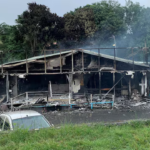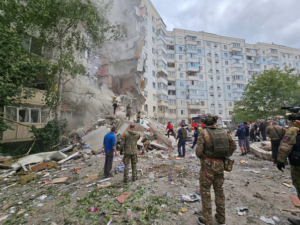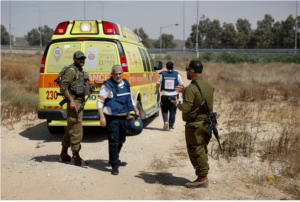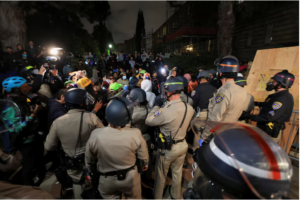
The Ultimate Guide to Becoming a Firefighter in Texas
Getting into the fire service takes a lot of time and money. It also requires commitment and a clear vision for the career you hope to pursue.
The selection process varies from department to department. Start by familiarizing yourself with the specifics of your department’s requirements. Some departments have age and education minimums, while others require EMT certification.
Training
Firefighters work in various settings and perform duties beyond the apparent (fighting fires). They also respond to medical emergencies, help with search and rescue operations, and provide public safety. Firefighters receive extensive training, which can be obtained through a vocational school, college, or fire academy.
Most fire departments have a minimum set of requirements that all applicants must meet. These standards include age, education, and training. Some departments have specific needs, such as a high school diploma or a college degree in fire science. Others require a valid driver’s license and emergency medical training.
The minimum qualifications for firefighters vary by department, but they must all have a high school diploma or GED certificate and pass background checks. During the selection process, candidates must undergo numerous phases such as an oral interview, written exam, and physical agility test. The selection process can take months, if not years, to complete.
Education
Now, how do i become a firefighter in Texas? If you’re serious about becoming a firefighter, you should start with getting your education. There are many different ways to get an education in preparation for firefighting, but the best way is by attending a fire academy. Many colleges and independent fire academies offer programs that teach the necessary skills to be a successful firefighter in Texas. Admission requirements vary from program to program, and financial aid may be available.
Most sizable fire departments use a standardized test known as the Candidate Physical Ability Test (CPAT). This is a series of eight job-related physical tasks performed over 10 minutes and 20 seconds while wearing full gear.
If you’re applying to become a firefighter, visiting local stations and talking to firefighters is a good idea. These people know what it takes to get through the hiring process, sit on oral boards, and can give you tips that will help you make a strong impression on your department’s recruiters.
Experience
Firefighting is only a job for some. It is a dangerous, stressful, and demanding profession that requires physical strength, mental sharpness, and teamwork. The job involves much more than fighting fires — it is emergency medical calls, education of the public, inspections, training, and shift work that often includes 24 hours on and 48 hours off. Firefighters must also be comfortable in the heat and cold confined spaces.
As there are variations, it is important to start researching how departments in your area conduct their selection processes. If you have a criminal record, be upfront with the panel and explain why you made inevitable mistakes and how you have changed since then. The same applies to your driving history – be honest about any tickets or accidents. A clean record is critical to getting this job.
Personality
A person must possess certain personality traits to be successful as a firefighter. These include a strong work ethic, dedication, a willingness to be a team player, and good communication skills. The ability to remain calm in stressful situations is also essential; firefighters must be willing to go above and beyond the call of duty.
Those interested in becoming firefighters should start by assessing their long-term career goals. This can help them decide how far up the ladder they want to climb and what training they need to receive to achieve their goals.
It’s a good idea to visit local fire stations and talk with firefighters about their jobs, duties, and expectations. This will prevent future firefighters from being surprised about things they didn’t realize would be part of their shifts — such as medical calls, public education details, or company inspections.

















